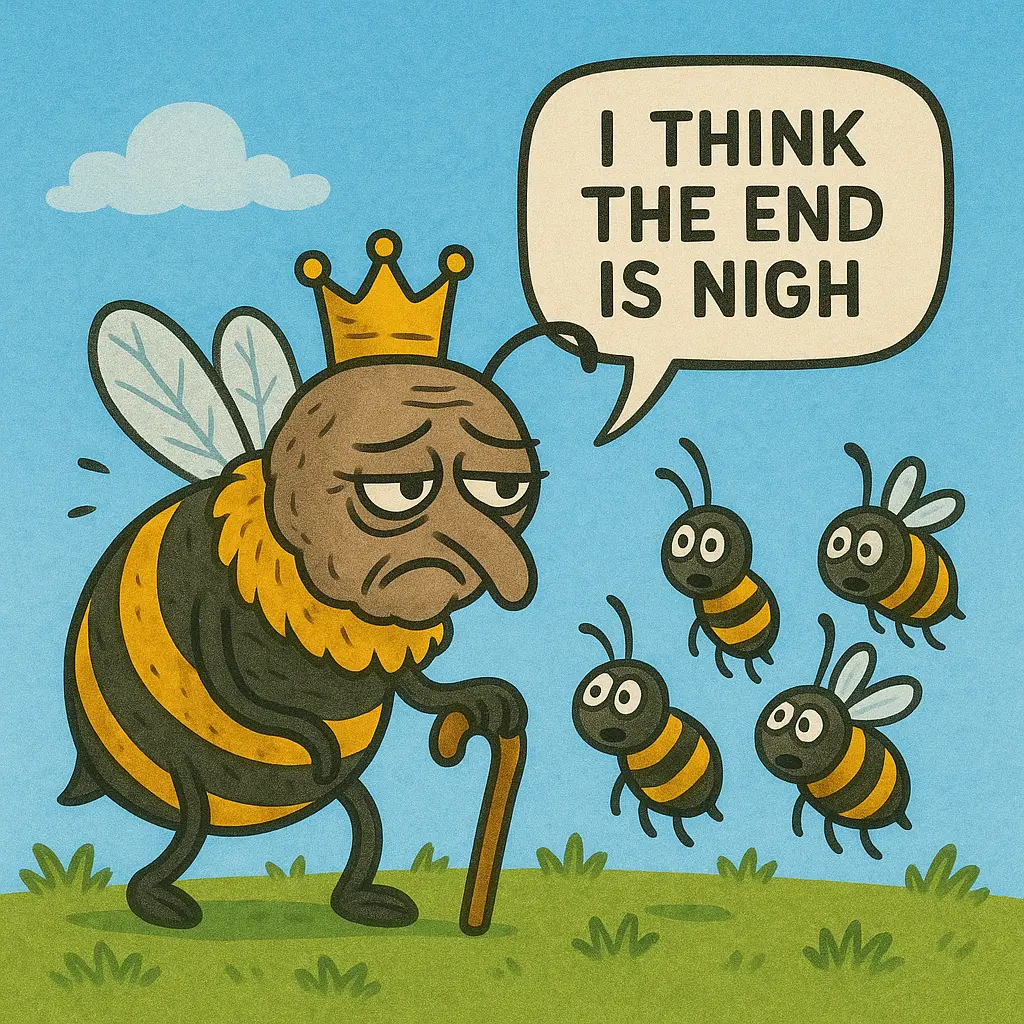There are likely still some we don’t fully understand.
Swarming in honey bees is rarely the result of a single cause. Instead, it arises when several conditions build up within a colony. Some of these factors are well researched, others more speculative, but together they contribute to the collective decision of bees to initiate swarming.
It’s also important to remember that housing bees in man-made hives, rather than cavities they would select naturally, can introduce additional triggers. This applies both to “natural” and to “conventional” beekeeping methods.
Key Factors That Trigger Swarming
Overcrowding
When colonies become crowded, bees constantly bump into one another. This is especially noticeable when nurse bees are unable to find empty cells because they are filled with freshly gathered nectar. The resulting congestion within the nest can spark swarming behavior.
Lack of Egg-Laying Space
One of the most significant and often overlooked triggers is a temporary shortage of empty cells. A sudden surge in nectar flow can quickly fill brood cells with dilute nectar, leaving the queen without space to lay eggs. Even if the shortage is brief and difficult for a beekeeper to spot, it can flip the “switch” that leads to swarm preparations. In some cases, the queen may continue attempting to lay, depositing eggs on capped cells – these may be eaten or even moved by workers.
Declining Queen Pheromone

As queens age, they produce less pheromone, which normally suppresses worker ovary development and helps prevent swarming. A large colony dilutes this pheromone even further. When combined with an older queen, the lowered pheromone levels can remove a key check against swarming. Many beekeepers under-emphasize this factor, but it may be among the most critical.
Declining Brood Pheromone
Unsealed brood also produces pheromones that suppress swarming. When an older queen lays fewer eggs, brood pheromone levels fall, further reducing the inhibitory signals. Together, reduced queen and brood pheromones amplify the likelihood of swarming.
Lengthening Days
Increasing daylight hours are not a direct cause of swarming but may add weight to other triggers, tipping the colony toward action.
Genetic Predisposition
Some bee strains are naturally more prone to swarming. Carniolans (Apis mellifera carnica), for example, are well known for frequent swarming. Colonies from overly swarmy stock should be avoided by re-queening with less swarm-inclined genetics.
Additional Influences
Overheating
Traditionally thought to promote swarming, overheating seems less influential than once believed. Modern open-mesh floors allow bees to ventilate effectively, and swarming rates appear unchanged compared to the days of solid floors. In hotter climates, hives often remain in full sun without additional shading, further suggesting that temperature alone is not a reliable trigger.
Beekeeper Actions
Human management plays a large role. More swarms are likely caused by what a beekeeper does – or fails to do – than by many natural triggers combined.
Other Circumstances
Colonies sometimes swarm on queen cells that aren’t “swarm cells” at all, such as emergency or supersedure cells. Even without clear intent, bees may seize the opportunity. Additionally, the common advice of leaving two queen cells rather than one can increase the chance of swarming.